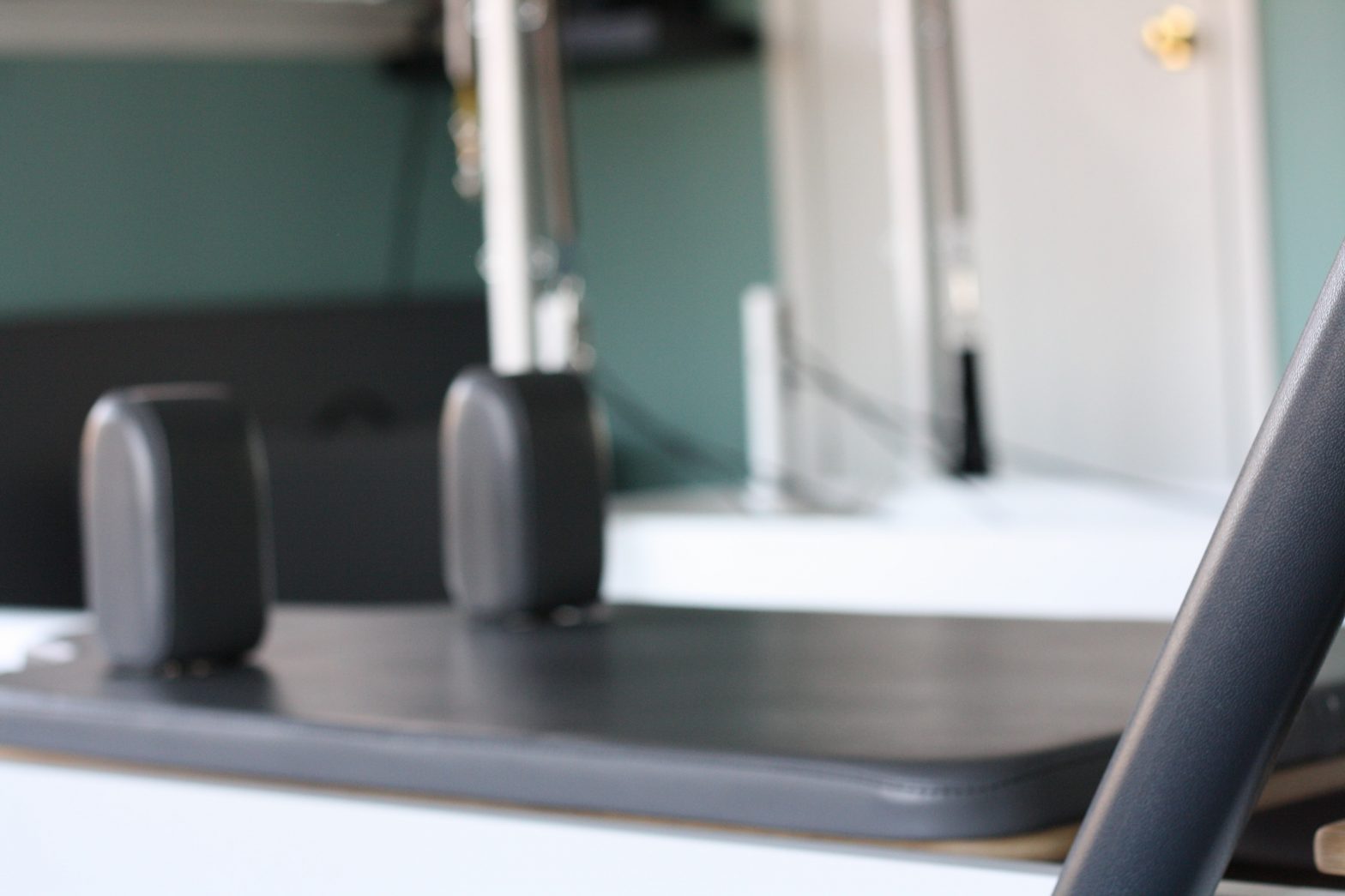
 After many years of use, especially in a busy studio, your reformer vinyl can start to wear. It might crack, the corners might get nicked, your client’s jewelry or zippers might cut the vinyl, or it could get scuffed. Underneath the vinyl, you might have foam wearing thin where clients commonly kneel or put their butts or feet.
After many years of use, especially in a busy studio, your reformer vinyl can start to wear. It might crack, the corners might get nicked, your client’s jewelry or zippers might cut the vinyl, or it could get scuffed. Underneath the vinyl, you might have foam wearing thin where clients commonly kneel or put their butts or feet.
Any of these reasons might make you want to replace your upholstery, but it sounds like a tedious process that requires a local upholstery service. However, Balanced Body makes it really easy to replace your vinyl and foam on the most frequently used equipment with no upholstery skills required.
Every Reformer, Chair and Cadillac is built with removable upholstery blocks. That means in order to change the vinyl and foam on your Reformer carriage, you only need to unscrew and re-install a few bolts. This works because each carriage pad consists of a plywood backer, foam, and upholstered cover that is already stapled to the plywood backer. Shoulder rests, headrests, chair padding, and Cadillac upholstery are all built similarly. They come pre-upholstered and require only an allen wrench or screwdriver to remove and install the new one.
If you’re looking to replace less often used sitting boxes, mat conversions, Allegro 2 shoulder rests, or moon boxes, the process is slightly different. In many cases it may be less expensive to buy a whole new part. In other cases I recommend contacting a local automotive upholsterer (many of them are mobile and can come to you) to help. These professionals are generally more than capable of matching your vinyl and repairing it, even if new stitching is required. After all, the upholstery in your car has much more complicated geometry.
For short-term fixes, I use one of two products to prevent the damage from getting any worse. For corners that are worn or asymmetrical cracks, I use Tenacious Tape in black (I LOVE using this to protect your sitting box corners!) This product comes in a small roll and has a wonderful cloth-like texture and great adhesive backing. I use a pair of scissors to cut it to size.
For smooth, straight cuts I use a vinyl repair glue called Performix VLP. This is a great option for fairly straight cuts and tears with edges that can be pressed back together. You can watch a video on how repair a cut like this by clicking here.
If you aren’t sure how easy it is to replace or repair your specific piece of upholstery, contact Salestech@pilates.com for help.
Happy Reforming!
This post also appeared on the Balanced Body Blog.
